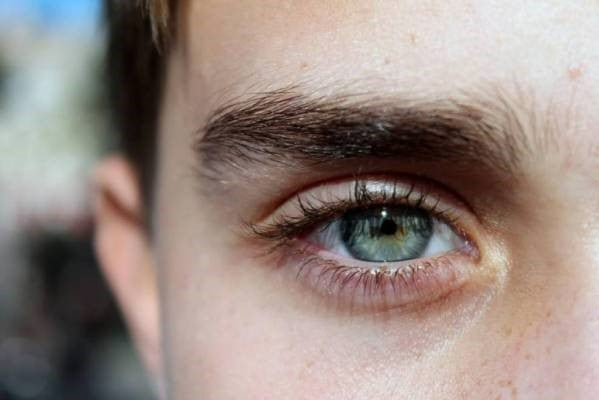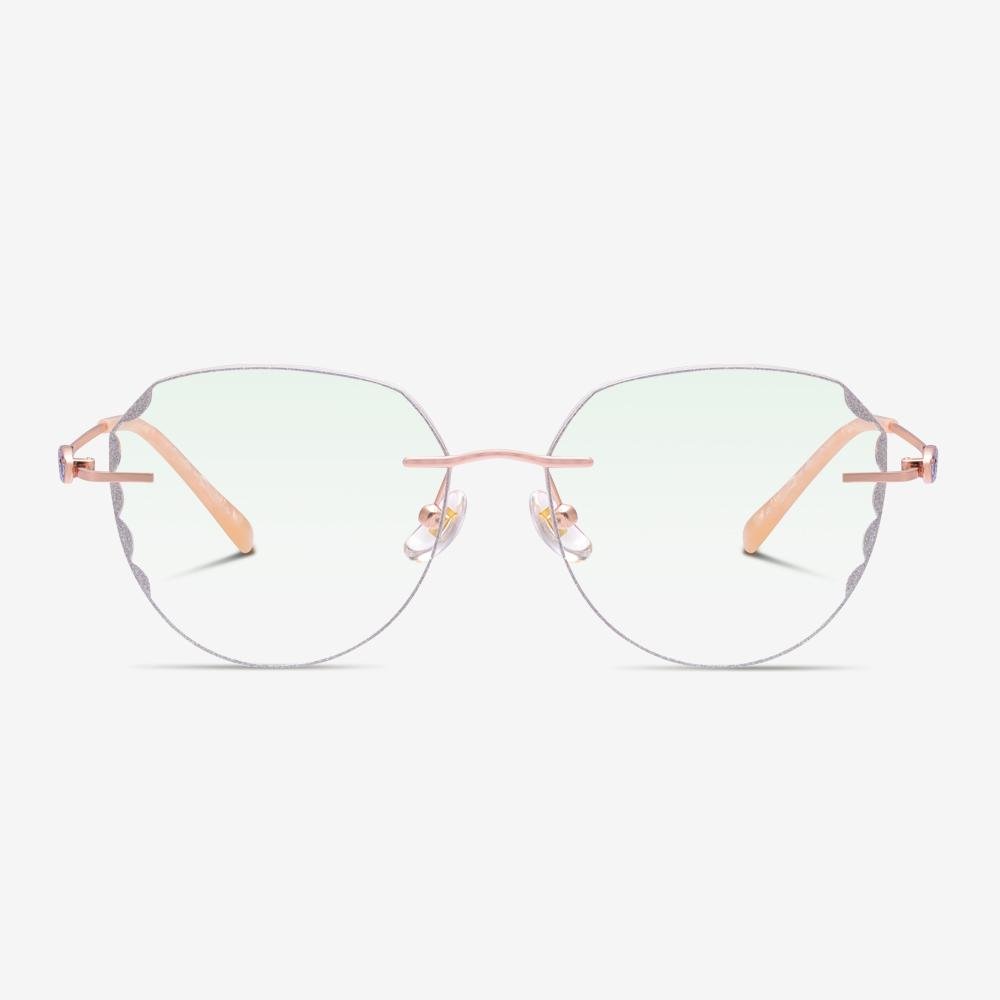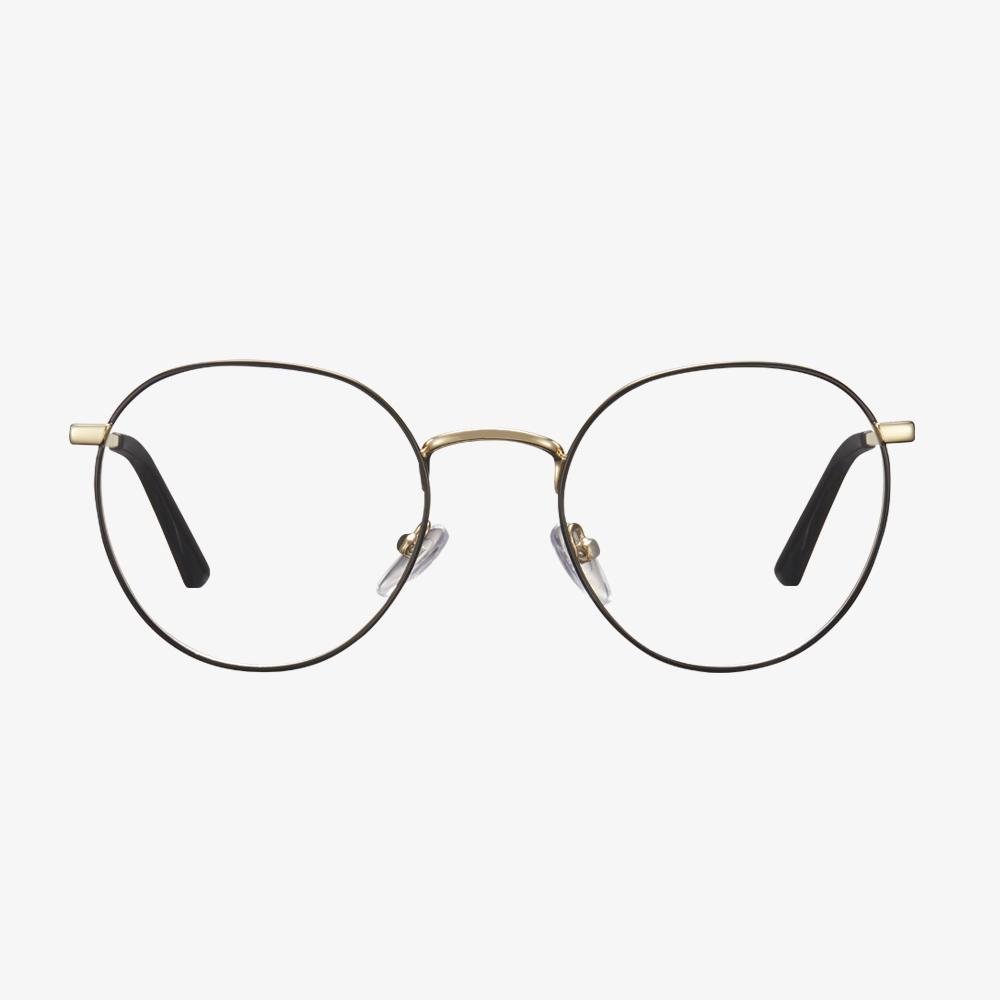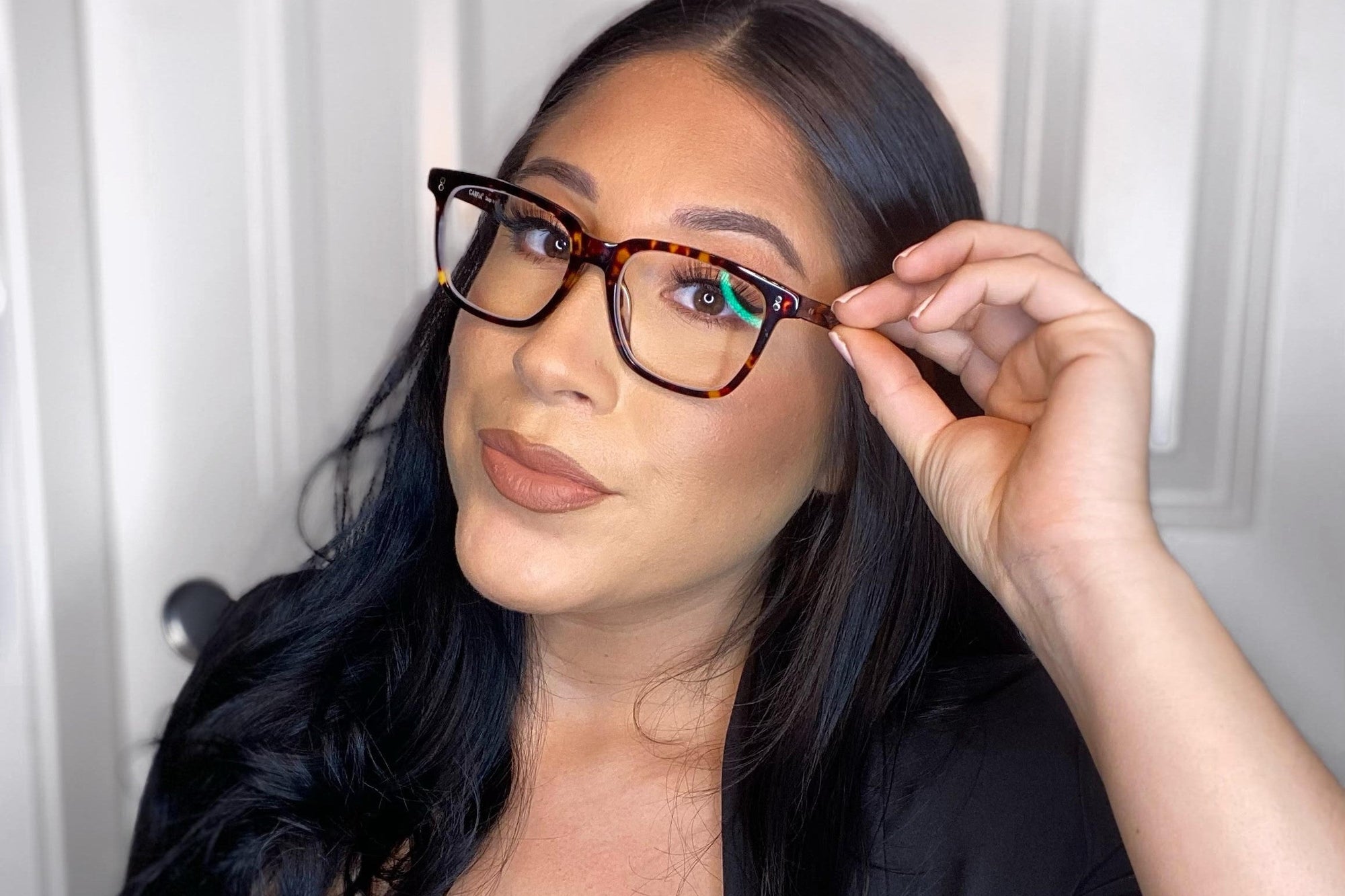3 Common Problems with Progressive Lenses
Though progressive lenses are popular to correct some eye conditions, there are also some drawbacks. So, in the following section, we will show you some common problems with progressive lenses.
Dizziness: the three different focal lengths of progressive lenses can make people susceptible to dizziness, as well as vertigo. From long to medium to short distance, the lenses offer a gradient of increasing strength. So, it would have trouble in adapting the glasses for the people who are wearing them for the first time. A common mistake is to look out of the wrong focal length, causing their vision to be blurry and lead to an overall feeling of dizziness.
Peripheral distortion: another common problem of progressive lenses is the way in which they blur peripheral vision. Most glasses cause an initial distortion to vision. However, the three different segments found in these lenses can make that distortion feel more prominent than other pairs of eyeglasses. And most people may need two weeks to adjust to progressive lenses.
Depth perception: Since progressive lenses provide three different prescriptions to see objects clearly for different distances, it is important that you need to move your head instead of your eyes when focusing on objects at different distances. Prior to adjusting to this little nuance, progressive lenses can cause depth perception to feel off.
From the above information, you have known some common problems with progressive lenses. So, you may ask how to adjust the progressive lenses. The most popular way is that you need to wear them frequently.
Should I wear glasses all the time for myopia?
Wearing glasses is more to correct your vision and protect your eyes, so as not to worsen myopia. If you are nearsighted but don't wear glasses, it will have a lot of impact on your eyes. First of all, after a person is nearsighted, seeing distant things requires a lot of adjustments to the eyeballs, which will make your eyes tired easily. Over time, your myopia will increase quickly. When we are nearsighted, sometimes the myopia of the two eyes is not the same. If we do not wear glasses and correct vision, this will affect the normal development of vision. The difference between the powers of the two eyes may become larger and larger, which is easy to cause a squint. After myopia, if you want to see far away things clearly, you need to squint your eyes harder to see clearly. Therefore, some nearsighted eyes often squint when they are not wearing glasses. However, the action of squinting will cause the upper eyelid to form a pressure on the eyeball, and squinting for a long time can easily cause amblyopia. Squinting your eyes for a long time will also make your eyes smaller and affect your appearance. Therefore, once your myopia exceeds 200 degrees, you must wear glasses in time.
Evolution of photochromic lenses
Thirty years after Corning invented color-changing glass lenses, another company has carried forward the color-changing glass lenses --Transitions Optical. In 1991, it became the first company to commercially manufacture resin color-changing lenses. Since its inception, the company has been a joint venture between PPG Industries (51%) and Essilor (49%). In April 2014, Essilor acquired a 51% stake in PPG. At present, the mainstream is resin photochromic lenses.
OSKIDE night driving glasses
With excellent night vision, this product can provide you with clear vision when driving at night, on cloudy or rainy days. In addition, it can protect you from the sun's harmful rays and bright headlights. Made of durable materials, they are flexible enough to withstand strenuous exercise and high-intensity outdoor activities. Equipped with polarizing lenses, they reduce glare and improve clarity when bright lights may be distracting, so they are perfect for sunny days or night driving. And it has UV 400 UV protection function. It protects your eyes from harmful ultraviolet and blue light.
What is a progressive lens?
A progressive lens is a lens whose upper sides are used to see far, and the lower side is used to see near. The distance from the fixed distance power above the lens to the near power fixed below the lens does not change suddenly, but a gradual transition between the two through the gradual change in refractive power.
Standard progressive lenses are multifocal lenses with three observation areas, farsightedness, intermediate vision, and nearsightedness. Unlike bifocals, there are no visible lines between each viewing area. They have a seamless, invisible design, where the optical power changes 'gradually' throughout the lens. Many people confuse 'bifocal' or 'trifocal' with 'progressive' but remember that bifocals and trifocals have visible lines in the lens, while progressive lenses do not. Because progressive lenses have no lines in the lens, they are more popular multifocal lenses than bifocal lenses. However, is progressive lens good for eyes?
What does the glasses emoji mean?
The glasses emoji is a special type of symbol that can be used on smartphones, tablets, and computers. The glasses emoji is an illustration of glasses, used by people with poor vision or those who believe that wearing glasses makes them look smarter, purely as a style element. Different devices may have different versions of the glasses emoji. The glasses emoji, which varies slightly across platforms, depicts a pair of glasses with a gray or black border. Most are square or slightly round. The glasses emoji is used to talk about the fashion of wearing eyeglasses.
How to buy prescription glasses online
Consumers should choose different styles of frames according to their age and professional characteristics. Because everyone has different face shapes, different interpupillary distances, and different diopters, the size of the frames should vary from person to person.
Lenses are divided into glass lens, resin lens, and PC lens, and you can choose according to your preferences. The glass lens has a stable refractive index, good abrasion resistance, and stable optical performance, but it is relatively heavy and easy to break. Resin lens with high light transmittance is light, safe, and not easy to break, but the surface is easy to wear. PC lens has a high refractive index, but the surface is easy to wear.











































